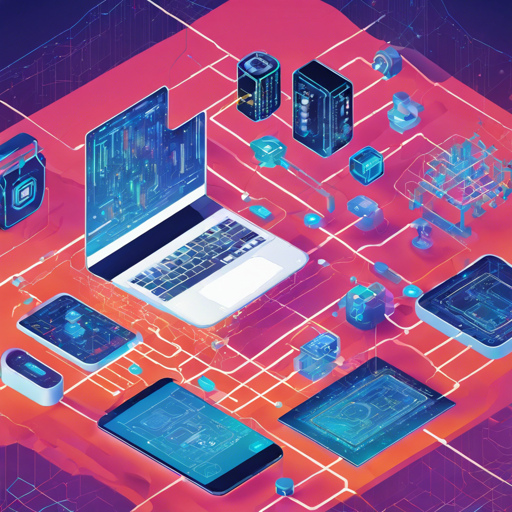Welcome to the world of ComfyUI! In this guide, we will dive into the various nodes and APIs that ComfyUI provides, which can help you utilize it as a robust backend for external tools. Whether it’s about sending images, implementing attention masking, or even managing tiled image processing, this blog has got you covered!
Sending and Receiving Images
ComfyUI facilitates the exchange of images through a systematic process that entails loading images, generating prompts, and finally downloading them. However, this method can be a bit cumbersome and may introduce potential pitfalls. Below we explain the key nodes for managing image transfers effectively:
- Load Image (Base64): This node loads an image encoded in Base64 directly from a prompt.
- Load Mask (Base64): This node loads a single-channel mask for an image encoded in Base64.
- Send Image (WebSocket): It allows you to send the image as PNG binary data over the WebSocket connection.
Think of it like sending a letter through the postal service. You write the letter (create the prompt), place it in an envelope (load it into base64), and send it off (upload it). Just remember, once it’s out of your hands, the postal service needs to manage your letter until it reaches its final destination, sometime uncertain when that would be!
Regions (Attention Masking)
Regions help in applying image editing effects selectively to designated areas within the image, enabling more nuanced image compositions. Here’s how you can use these nodes:
- Background Region: Sets up a prompt for all areas of the image that aren’t defined by masks.
- Define Region: Specifies where a particular prompt will apply within the image.
- Apply Mask to Image: This node utilizes a mask to define transparency in your RGBA images.
Using regions is akin to painting a canvas; you can choose to apply colors and textures to specific parts while leaving others untouched, resulting in a harmonious composition.
Tiled Image Processing
Splitting images into tiles for processing can enhance efficiency and save memory. Here are the crucial nodes you’ll need:
- Create Tile Layout: Defines tiling parameters such as minimum tile size and padding.
- Extract Image Tile: Retrieves a specific segment of the image for separate processing.
- Merge Image Tile: Combines the processed tiles back into a whole image.
Think of tiled image processing as building blocks—each block can be worked on separately to create a larger structure. This method maximizes flexibility, as you can employ different techniques on various tiles.
Miscellaneous Nodes
ComfyUI nodes also include additional functionality such as:
- Translate Text: This node translates text to English based on predefined language directives.
- NSFW Filter: Utilizes a safety checker to filter out inappropriate content from images.
API Extensions
The API extensions in ComfyUI allow for deeper interaction with models, including inspection and translation. Important endpoints include:
- Model Info: Retrieves details about different kinds of models.
- Upload: Allows you to upload your own models into ComfyUI.
Installation
To set this entire setup in motion, follow these steps:
- Download the ComfyUI repository.
- Unpack it into the custom_nodes folder in your ComfyUI installation directory.
- Alternatively, clone via GIT:
cd custom_nodes
git clone https://github.com/Aclycomfyui-tooling-nodes.gitTroubleshooting
If you encounter issues while using ComfyUI nodes, consider the following steps:
- Check your image and mask formats. Ensure they match the required specifications.
- Verify that your WebSocket connection is established correctly.
- If nodes are not functioning as anticipated, restarting ComfyUI can resolve many transient issues.
For more insights, updates, or to collaborate on AI development projects, stay connected with fxis.ai.
At fxis.ai, we believe that such advancements are crucial for the future of AI, as they enable more comprehensive and effective solutions. Our team is continually exploring new methodologies to push the envelope in artificial intelligence, ensuring that our clients benefit from the latest technological innovations.
Conclusion
Using ComfyUI nodes for external tooling opens up new avenues for image processing and workflow customization. By understanding and implementing these nodes properly, you can enhance your projects significantly. Dive in, explore, and happy coding!

